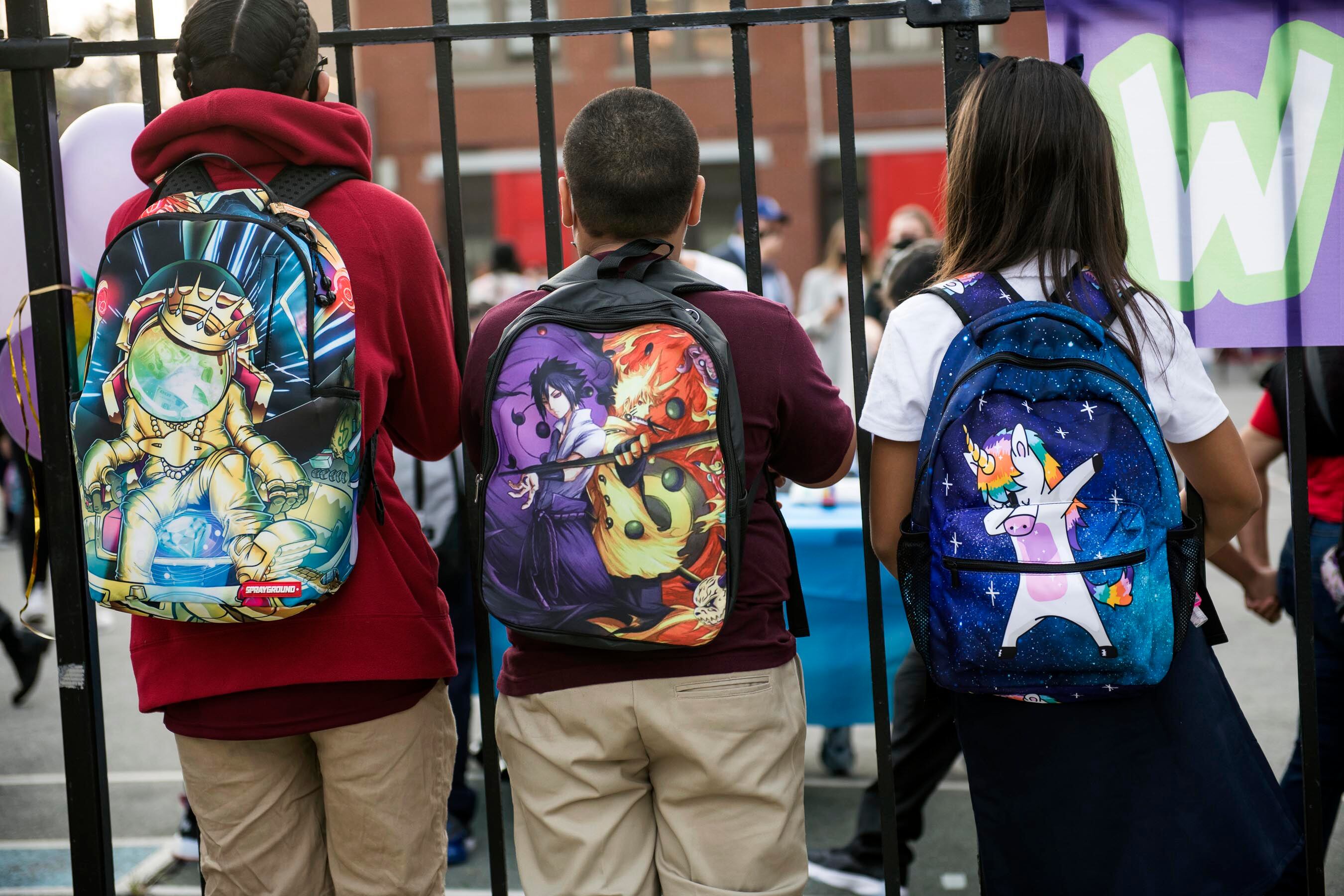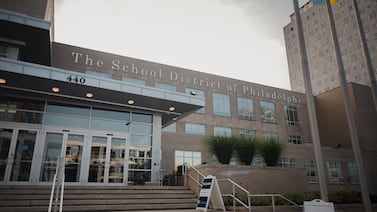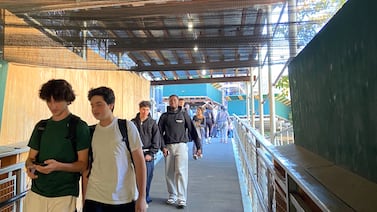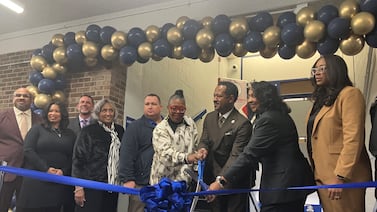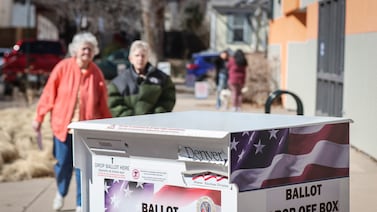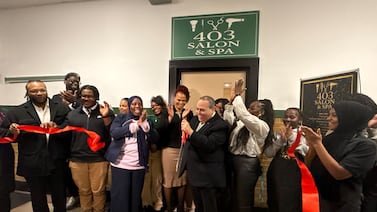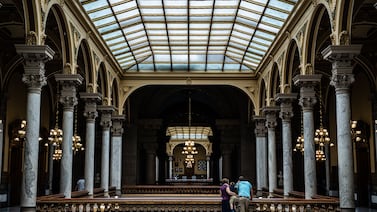New York City has updated its quarantine policies since this story published. Read about the new rules here.
COVID is already interrupting learning for students in New York City-run schools and city-funded preschools, with 67 classroom closures underway by the second day of the new school year. Another 126 classrooms were partially closed, according to city data, since those have a mix of vaccinated and unvaccinated students.
That is a tiny fraction of the city’s 65,000 instructional spaces, but nonetheless represents hundreds of students forced into remote learning or relying on office hours with teachers to start off the year.
The education department on Wednesday began providing more detailed breakdowns of COVID cases in schools, with stats for positive cases among students and staff, data on cases in charter schools that operate in city buildings (but not those in private spaces), and a tally of cases that involve school staff but don’t require classroom closures, such as if a custodian tests positive.
The data also show how many investigations are being conducted for possible schoolwide closures, as well as the number of school closures. So far, there are none of either.
Understanding who has to quarantine, and for how long, can be hard. To help, Chalkbeat created a graphic to help break down the city’s policy.
Families might still be confused about a dizzying array of scenarios that may — or may not — lead to quarantines. How might a positive case on a school bus affect other students? What about after-school programs? When do siblings have to quarantine? Chalkbeat wants to hear from you. Send us your questions to ny.tips@chalkbeat.org, and we’ll try to answer them.
And please let us know how the policy is affecting you. Has there been a positive case at your school? Send us your quarantine notifications, and let us know what instruction looks like for your child.
The city’s threshold for classroom closures, which is more conservative than the suggestion from the Centers for Disease Control and Prevention, could change as the year progresses, Mayor Bill de Blasio said this week.
“We are constantly assessing the situation,” he told reporters.


